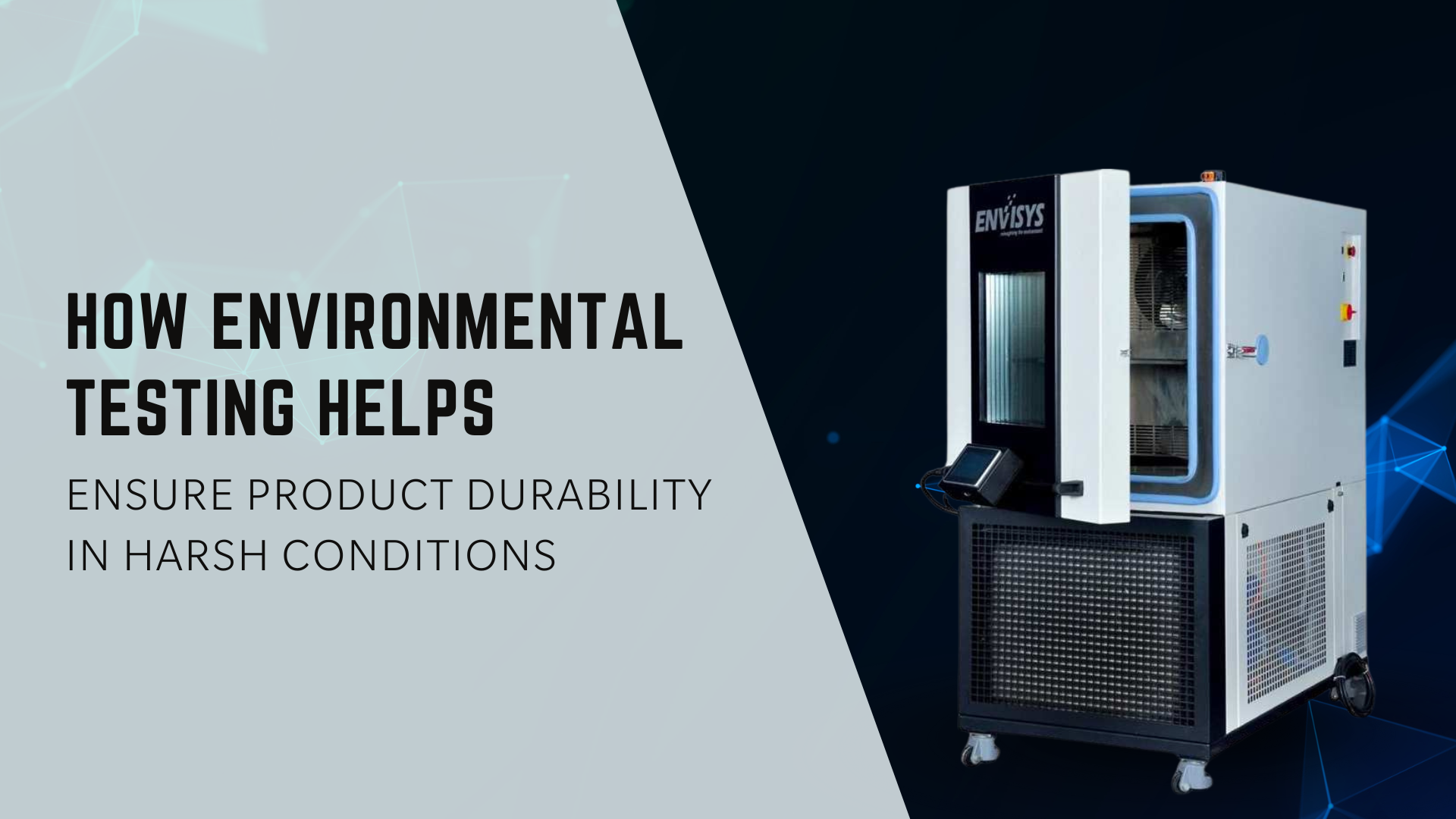
In today's competitive marketplace, products are expected to perform flawlessly -- even if baking hot, unbearably cold, vigorously vibrating, or humidity is through the roof. But how do producers ensure that kind of performance? By environmental testing.
Environmental testing is a process that exposes a product (or material) to simulated environmental conditions in a controlled testing laboratory. These are the harsh environmental conditions that a product could be subjected to throughout its life cycle, whether created, transported, or used.
Using an environmental simulation system, manufacturers test their products against different conditions throughout their life cycle, including:
1. Improves Durability
Environmental testing allows manufacturers to test the limits of a product through environmental stimulus using an environmental simulation system. This type of trial will enable manufacturers to make necessary changes to the product and its materials to create a longer-lasting and more durable product.
2. Compliance, Safety and Assurance
Many industries, specifically those that produce automotive, aerospace, electronics, and defence products, are required by law to have products tested according to specific performance guidelines. As the same standards and testing are needed, a legitimate certified testing lab can help assure compliance by testing to the rigorous environmental regulatory testing guidelines.
3. Reduces Costly Failures and Recalls
One of the essential values of environmental testing is that it identifies weak points before product launch. Environmental testing is essentially a precaution, and helps businesses minimize product recalls, warranty claims, and damage to company reputation, which are very costly.
An Environmental simulation system is a complex testing setup designed for many environmental stressors typically found in a product's lifetime in a testing lab. For example, an environmental simulation system will contain temperature chambers, salt spray cabinets, humidity control units, and a vibration test platform. An environmental simulation system can run for hours, days or weeks, while simulating months or years of actual product use.
Is environmental testing needed for all products?
Environmental testing is not needed for every product. Still, anything that will be exposed to environmental stress—electronics, machinery or components in transportation—should undergo some degree of environmental testing to determine Durability and reliability.
How long does environmental testing take?
The duration of environmental testing is dependent on the exact type of testing. Some tests can be completed in a few hours, while long-term stress simulation can occur over days or weeks.
What is an environmental simulation system?
An environmental simulation system is a combination of testing equipment used in research and development labs, designed to simulate conditions of harsh environments, including temperature cycling, humidity, etc.
As products evolve and international use expands, testing their resilience to harsh environments doesn't just become a plus - it becomes a necessity. Environmental testing in an accredited lab, backed up by a current environmental simulation system, gives manufacturers confidence that their product was built to withstand such stressors.